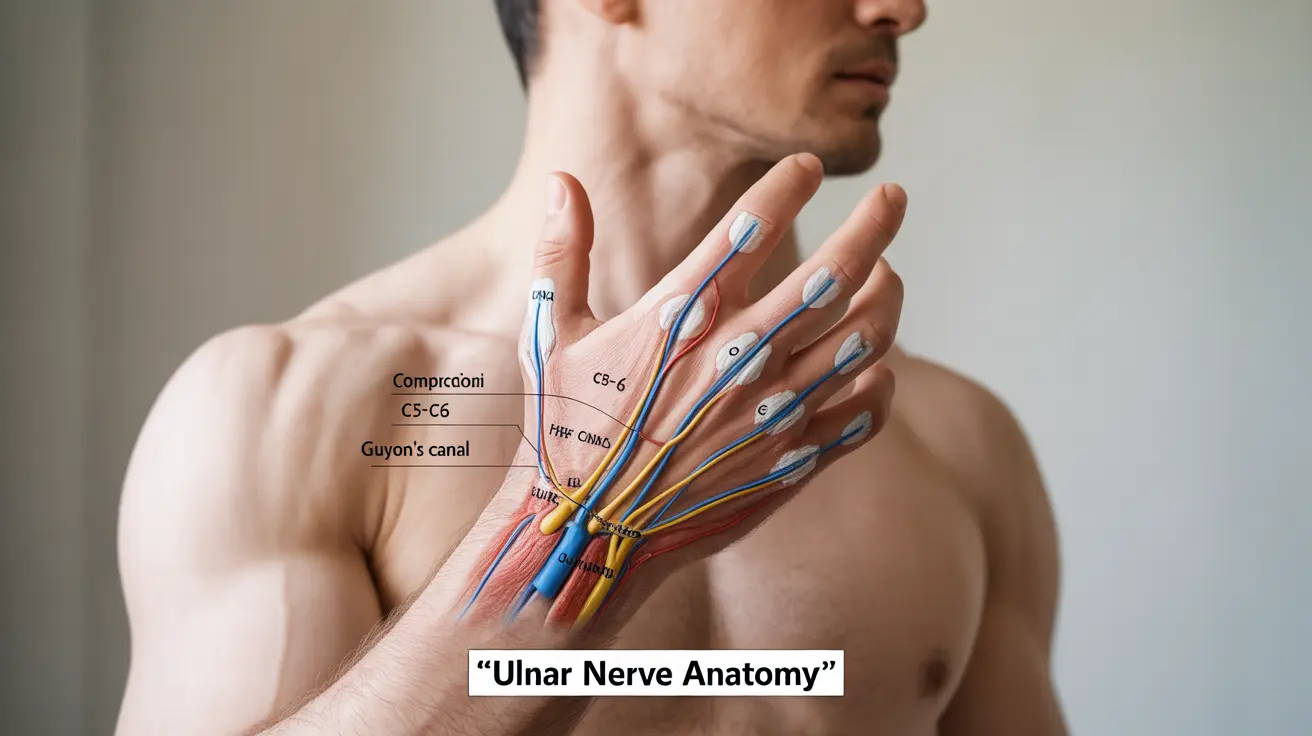Ulnar nerve palsy is a significant neurological condition that affects hand function and daily activities. This condition occurs when the ulnar nerve, which runs from your neck to your hand, becomes compressed or damaged. Understanding its symptoms, causes, and treatment options is crucial for early intervention and better outcomes.
The impact of ulnar nerve palsy can range from mild discomfort to severe functional limitations in the hand and fingers. This comprehensive guide will explore everything you need to know about managing and treating this condition effectively.
Signs and Symptoms of Ulnar Nerve Palsy
The symptoms of ulnar nerve palsy typically develop gradually and may affect your hand strength and dexterity. Common signs include:
- Weakness in the hand muscles
- Difficulty pinching and gripping objects
- Numbness and tingling in the ring and little fingers
- Decreased coordination in fine motor tasks
- Muscle wasting in severe cases
- Claw-like deformity of the hand (in advanced cases)
Common Causes and Risk Factors
Understanding what causes ulnar nerve palsy can help in prevention and treatment. Several factors may contribute to its development:
Physical Factors
- Prolonged elbow flexion
- Direct pressure on the elbow
- Repetitive arm movements
- Trauma or injury to the elbow
Medical Conditions
Certain underlying conditions can increase the risk of developing ulnar nerve palsy:
- Diabetes
- Arthritis
- Tumors or cysts near the nerve pathway
- Previous elbow fractures or dislocations
Diagnostic Process
Healthcare providers use various methods to diagnose ulnar nerve palsy accurately:
- Physical examination
- Nerve conduction studies
- Electromyography (EMG)
- Imaging tests (MRI or ultrasound)
- Medical history review
Treatment Approaches
Conservative Management
Initial treatment typically involves non-surgical methods:
- Activity modification
- Elbow padding and bracing
- Physical therapy exercises
- Anti-inflammatory medications
- Nerve gliding exercises
Surgical Interventions
When conservative treatments aren't effective, surgical options may include:
- Decompression surgery
- Nerve transposition
- Neural repair procedures
- Tendon transfers in severe cases
Prevention and Long-term Management
Taking proactive steps can help prevent ulnar nerve palsy or prevent it from worsening:
- Maintain good posture
- Take regular breaks during repetitive activities
- Use ergonomic work equipment
- Avoid prolonged elbow compression
- Practice prescribed exercises regularly
Frequently Asked Questions
What are the common symptoms of ulnar nerve palsy in the hand and fingers?
Common symptoms include numbness and tingling in the ring and little fingers, weakness in hand grip, difficulty with fine motor tasks, and in severe cases, a claw-like deformity of the hand. Patients may also experience muscle wasting and reduced coordination.
What causes ulnar nerve palsy and who is at risk for developing it?
Ulnar nerve palsy can be caused by prolonged pressure on the elbow, repetitive arm movements, trauma, and underlying medical conditions like diabetes or arthritis. People who frequently lean on their elbows, have jobs requiring repetitive arm movements, or have had previous elbow injuries are at higher risk.
How is ulnar nerve palsy diagnosed by doctors?
Doctors diagnose ulnar nerve palsy through a combination of physical examination, nerve conduction studies, EMG testing, and imaging studies like MRI or ultrasound. They also review the patient's medical history and symptom progression.
What treatment options are available for ulnar nerve palsy, including nonsurgical and surgical methods?
Treatment options range from conservative approaches like activity modification, bracing, and physical therapy to surgical interventions such as nerve decompression or transposition. The choice of treatment depends on the severity of symptoms and response to initial conservative measures.
How can ulnar nerve palsy be prevented or managed to avoid worsening or permanent hand deformity?
Prevention and management strategies include maintaining proper posture, using ergonomic equipment, taking regular breaks during repetitive activities, avoiding prolonged elbow compression, and following prescribed exercise routines. Early intervention and consistent management are key to preventing permanent deformity.




